Chop and drop is a relatively new concept in human agricultural history, and you may have noticed it's making big waves recently - and for good reason!
Chop & drop ties into the larger overarching concept of regenerative agriculture - which we discuss at length on this site.
A simple way to think about this connection is:
Regenerative agriculture = old-school organic, minus heavy tillage, plus chop-and-drop & cover crops, informed by recent advances in soil science and microscopy.
Disclaimer: This post may contain affiliate links. Refer to the privacy policy for more information.
Chop and drop is a critical pillar upon which regenerative agriculture hinges. It's important to get this piece right in order to build healthy soil and reduce your garden inputs.
Here we'll discuss everything about the chop + drop technique, its purpose, use cases, and how exactly you can incorporate chop and drop into your own garden space.
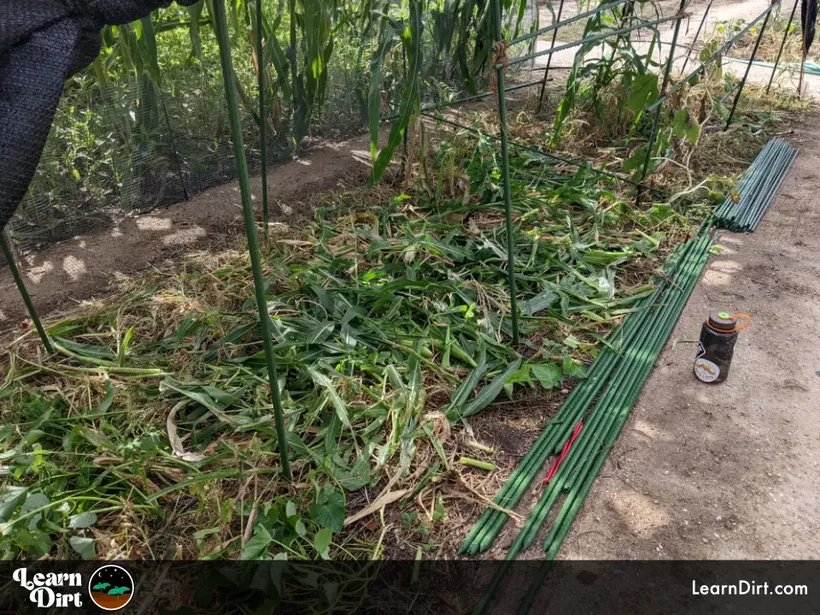
Chop and Drop Gardening
At its core, chop and drop simply means that you chop down plants at the soil level after harvesting, and you drop them to the ground as mulch.
It also means dropping your prunings to the ground, rather than hauling them off to a compost pile.
The essential idea here is that your soil surface is a compost pile.
Plant trimmings and plants which have been harvested are the materials which feed the pseudo-compost-pile that is your garden soil or raised bed.
They become a free source of mulch which covers and protects your soil, while retaining moisture and keeping your dirt cool.
Eventually, this material breaks down into a fresh new layer of great soil.
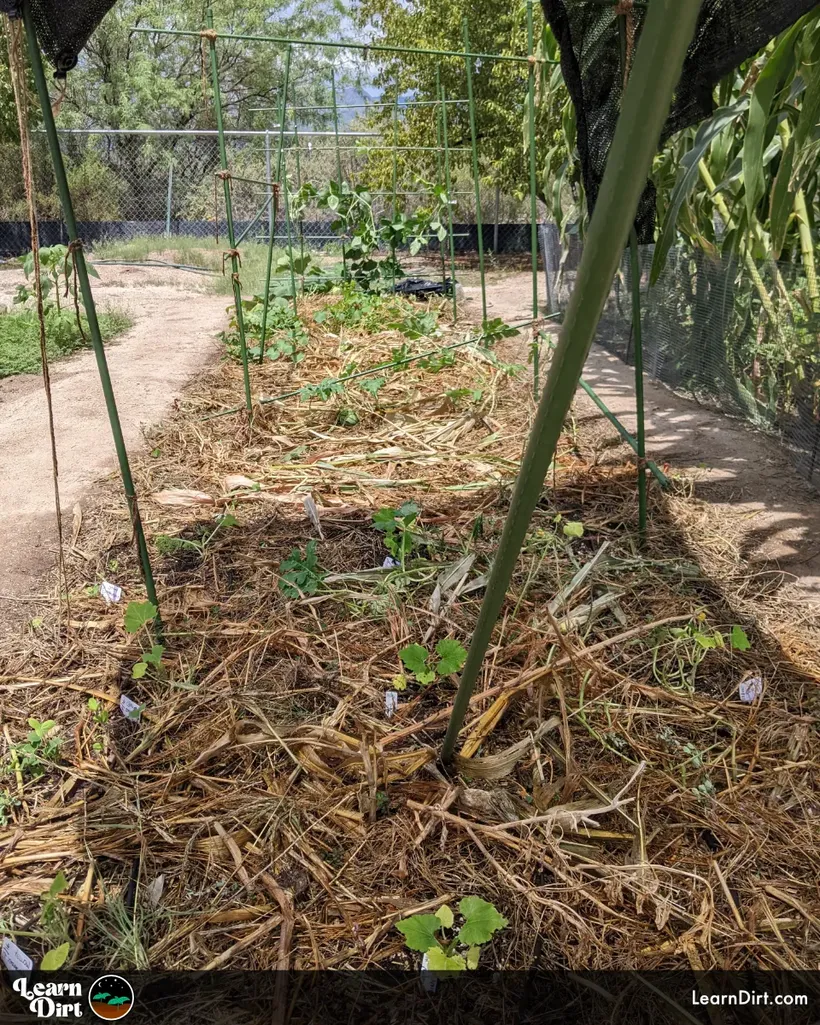
Chop & Drop in Regenerative Gardening
Chop and drop aims to mimic the processes which happen in a forest or jungle, because forests and jungles are the world's most productive terrestrial ecosystems.
No naturally-formed dirt on the planet is of higher quality than the dirt you'll find in jungles and forests.
These ecosystems have mastered the fine art of soil-building.
Why not replicate nature's wisdom rather than fight against it?
In forests, organic matter falls to the ground and decomposes in place. From there, it nourishes the entire ecosystem.
The compost heap in a forest is the top layer of soil, the layer which protects it from exposure is the same layer which becomes new soil.
In turn, that soil will be covered with more leaves, branches, fallen logs, and decaying plant matter which will cover and protect that, and on and on the cycle goes.
So why do most gardens have uncovered, exposed soil, not mulched with chop & drop?
Why not replicate the soil-building processes of the most-productive terrestrial ecosystems on the planet in your garden instead?
When in doubt, look to Mama Nature for guidance on how to shepherd your ecosystem.
The regenerative mindset acknowledges nature as the best classroom, and direct observation as key to your growth as an organic gardener.
In that sense it is almost an anti-paradigm, which seeks to break free of dogmatic belief by instead looking to nature, observation, and direct experience as the best sources of knowledge for agriculture.
and drop + no-till gardening replicates forest ecosystems far better than heavy tillage ever could.Reducing Soil Disruption
Chop & drop goes hand-in-hand with no-till gardening in its goal of reducing soil disruption.
The idea here is that healthy soil provides housing for countless beneficial microorganisms.
Tilling that soil breaks up the housing and exposes the entire microbiome to the air where it rapidly dies.
No-till reduces soil disturbance as much as possible to keep it intact and thriving.
Chop and drop adds a layer on top of no-till (literally) by providing organic matter to mulch with. Soil is covered and protected with the fallen chop, keeping the soil microbiome below safe and sound.
Leaving organic matter covering your soil creates habitat for soil organisms, while also feeding the soil, increasing water retention, and returning nutrients back to the dirt.
Over time, chop 'n' drop along with reduced soil disruption results in healthy, thriving soil in the same way its built on the floor of the forest.
Improving Soil Quality Over Time
Your soil quality will improve, and the potential for increased yields and healthier plants increases every year you practice chop and drop gardening.
Think long-term here!
This mindset seriously contrasts the short-sighted chemical farming methods which aim to maximize profits this year.
Instead, practicing organic agriculture, coupled with chop & drop and no-till, you'll reverse soil degradation and rather improve your soil over time.
Regenerative gardeners focus on future soil and future generations by giving more and taking less from the soil today.
Mulching With Your Chop & Drop
Chop & drop effectively is mulch. One of the great benefits is that you're using materials you already have, rather than buying mulch.
I see way too many gardeners removing their old plants from their gardens, and then purchasing mulch and compost from outside sources without questioning what they're doing.
That's like having the town pick up your fallen leaves, and then buying fertilizer for your grass. My guy, you sent away the very nutrients that would have replenished the soil!
You can literally just chop any disease-free plant down when its lifecycle is done and mulch your soil with it.
If you'd like a smaller particle size you could optionally run it through a chipper. This will help it break down faster, and you may find it easier to work with chipped mulch depending on your use case.
Mulching with chop and drop is one of the most crucial ways in which soil health can be improved.
A variety of plant materials work as chop, from grass clippings to leaves, weeds (which have yet to go to seed), plant trimmings, and previous generation plants which have already been harvested from.
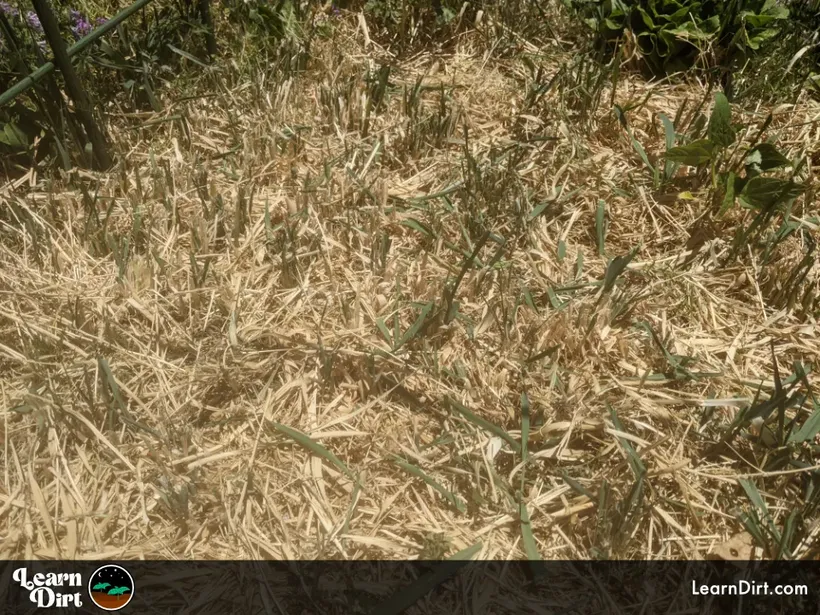
When you chop this stuff and drop it as mulch, it'll slowly decompose and release nutrients into the soil at a steady pace.
Mulching also helps suppress weeds, locks in moisture, and regulates soil temperatures.
It protects the microbiome and makes great dirt. What's not to like?
Chop and Drop Cover Crop
Cover crops are another important component of regenerative gardening, and they're the perfect thing to use for chop 'n' drop.
These are plants which are grown to cover the soil and improve it's health, tilth, water infiltration, nutrients, and organic matter content.
They can be planted in between vegetable crops, during fallow periods, or as an off-season cover.
Covers can then be chopped down and used as mulch where it breaks down into a new layer of soil.
Some popular cover crops for chop and drop include clover, alfalfa, rye, and vetch.
If you'd like to learn more about cover crops, check out this article.
Planting Into Cover Crop Residues
I've noticed a lot of folks get hung up on this one, so let's clear it up.
Planting into cover crop residues makes people nervous, maybe because it sounds difficult or like seedlings may not be able to push their way through.
If you're planting large starts, or something jumbo like potatoes or garlic - you can just push them right through the cover crop without issue.
For smaller starts and tiny seeds, however, you may want to pull the cover crop residue back to expose the soil.
After planting, you can decide if you'd like to cover with the crop residue again, or leave it off to the side until your plants gain a little size.
Another option is to reapply a thin layer of the cover crop residue so that the seedlings can easily push their way through, and then add more and more of the residue back for mulch as your plants gain size. This helps prevent smothering them.
I also have great success broadcasting seeds atop my mulch layers, knowing they'll eventually work their way down to the soil. Another thin layer of more mulch or compost on top helps keep the seeds moist until they germinate.
Chop & Drop Techniques
There are plenty of different ways to chop, so get creative.
Scythes, hand sickles, mowers, weed whackers (weed eater), electric hand shears, electric hedge trimmers, manual hand shears, or manual hand pruners are all options.
On a larger scale, farmers often use rollers, crimpers, or a manual crimp board method to knock down the covers.
Remember that chopping the material into smaller pieces will help it break down faster, but is not required.
If you've already got swappable batteries for tools such as Milwaukee, Makita, DeWalt, etc. you can grab an electric pair of hand-shears that will work with your existing batteries. I use this Black & Decker pair.
This lets me carefully trim down cover crops in mixed polycrop beds without hitting your main crops.
Final Words...
That's it for chop and drop. If you remember one thing about it, let it be this:
Imitate the forest floor in your garden.
That's it, we're done here. I hope you learned something new. If you've got more questions on chop & drop, hop down into the comments below and let us know.
Happy choppin'n'droppin', y'all!







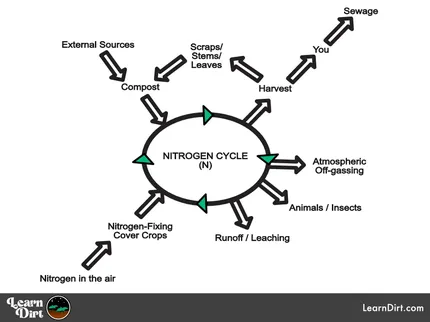
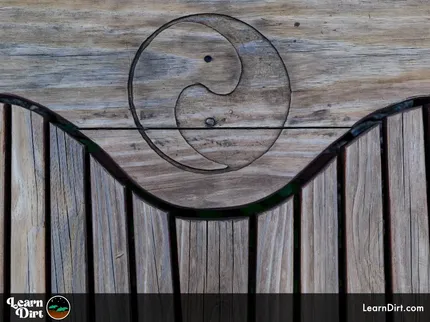
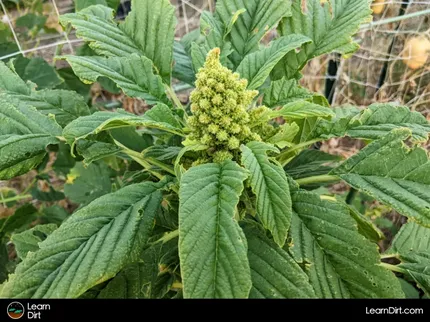
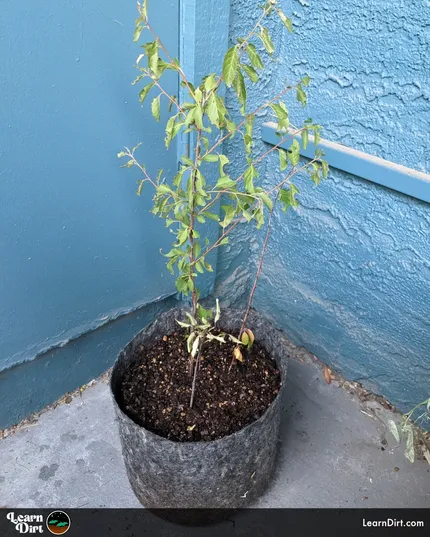
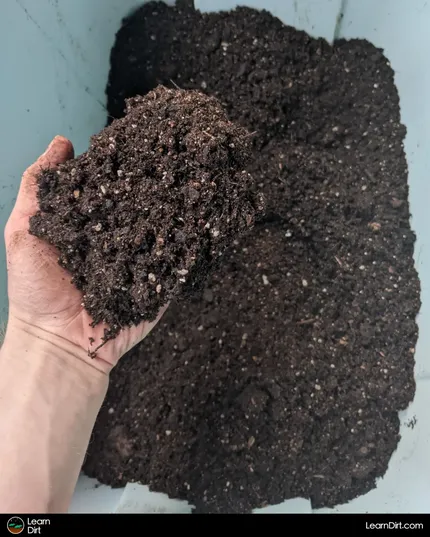
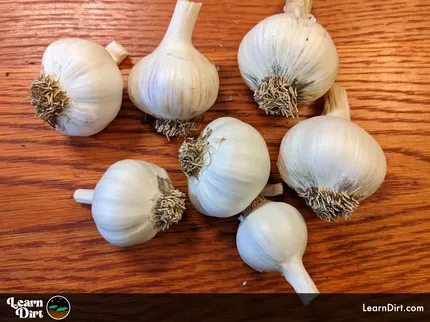
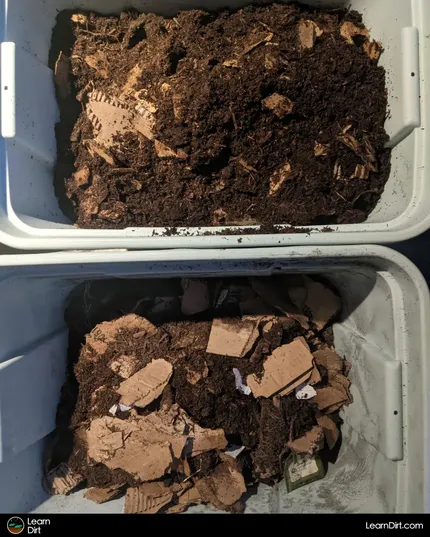

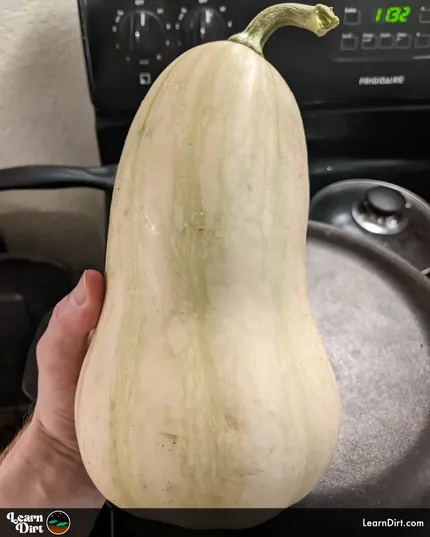
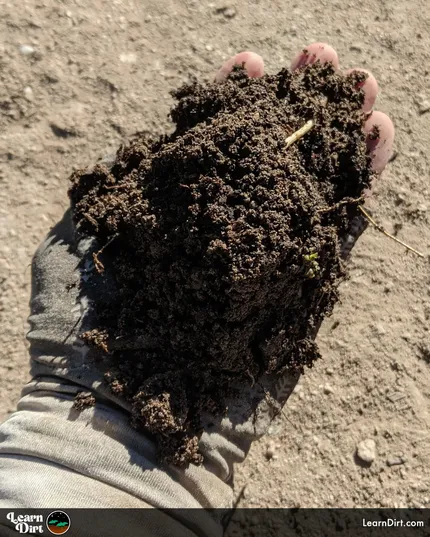
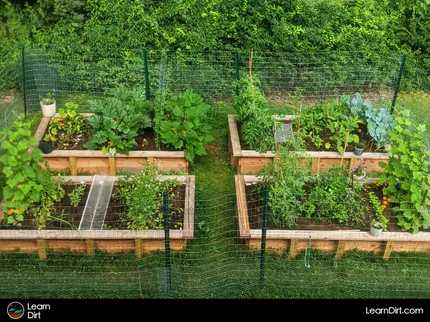
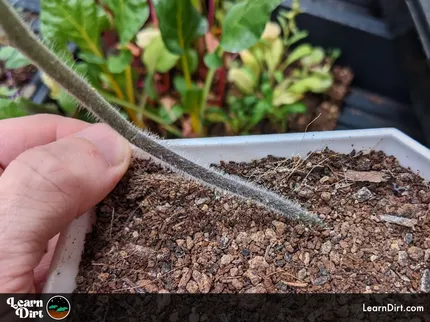



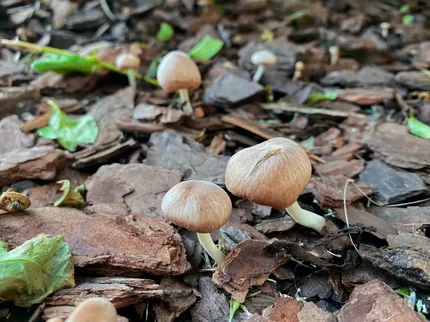
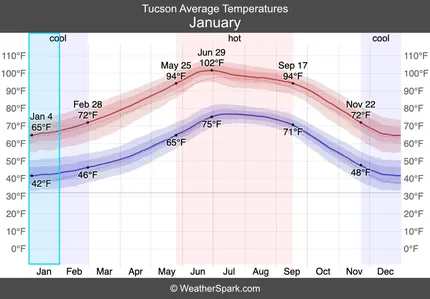
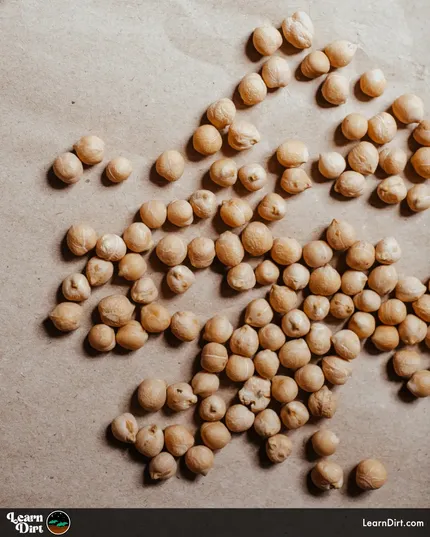

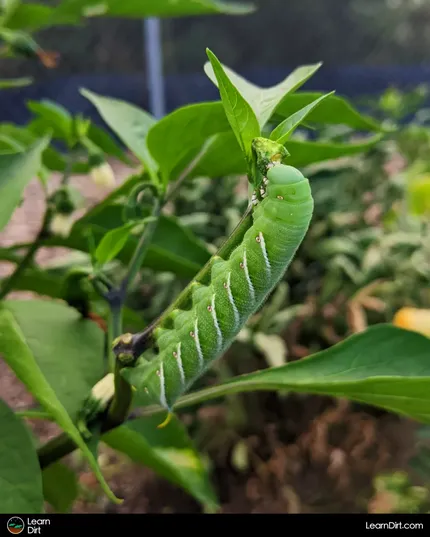
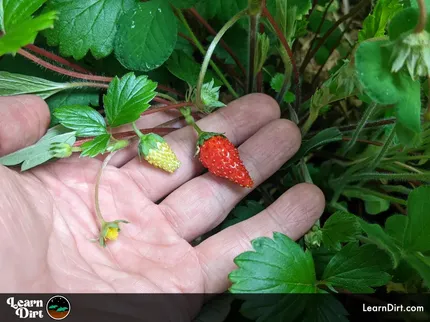
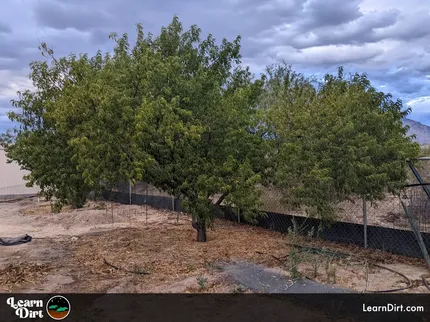
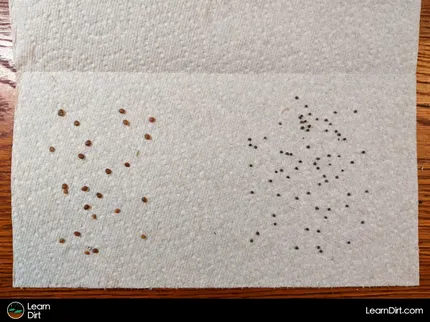
Leave A Comment:
Under construction, please check back soon!